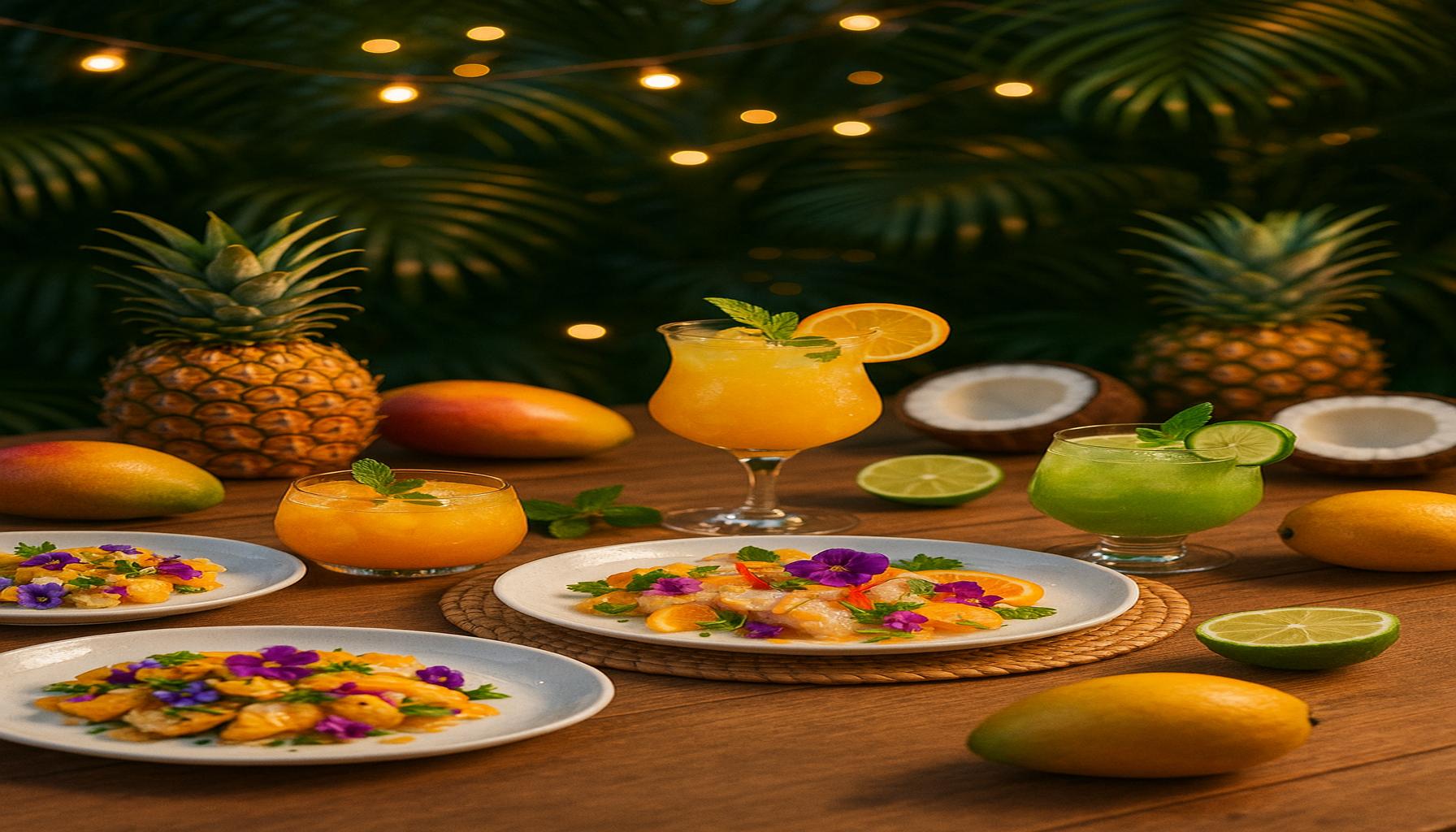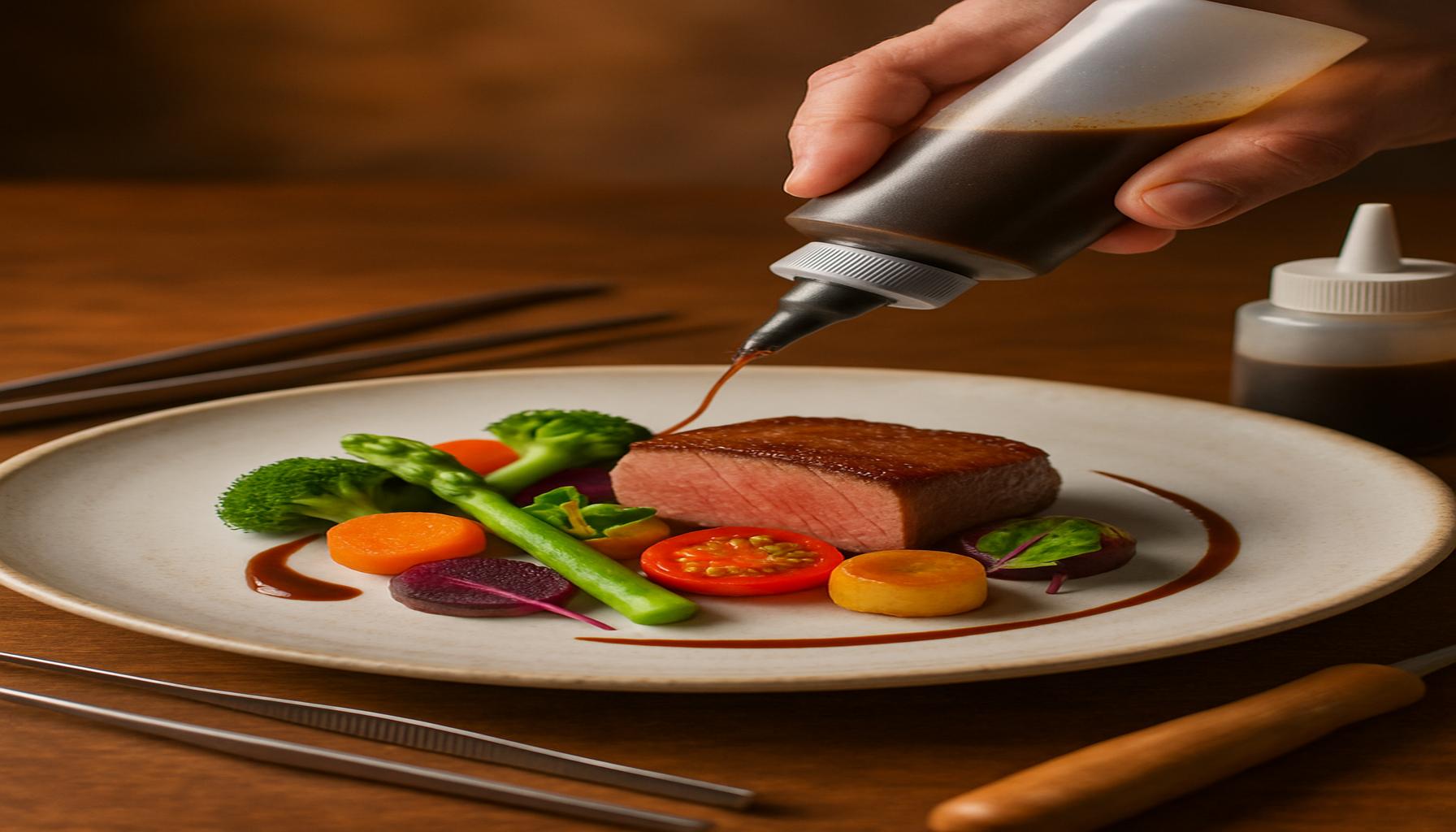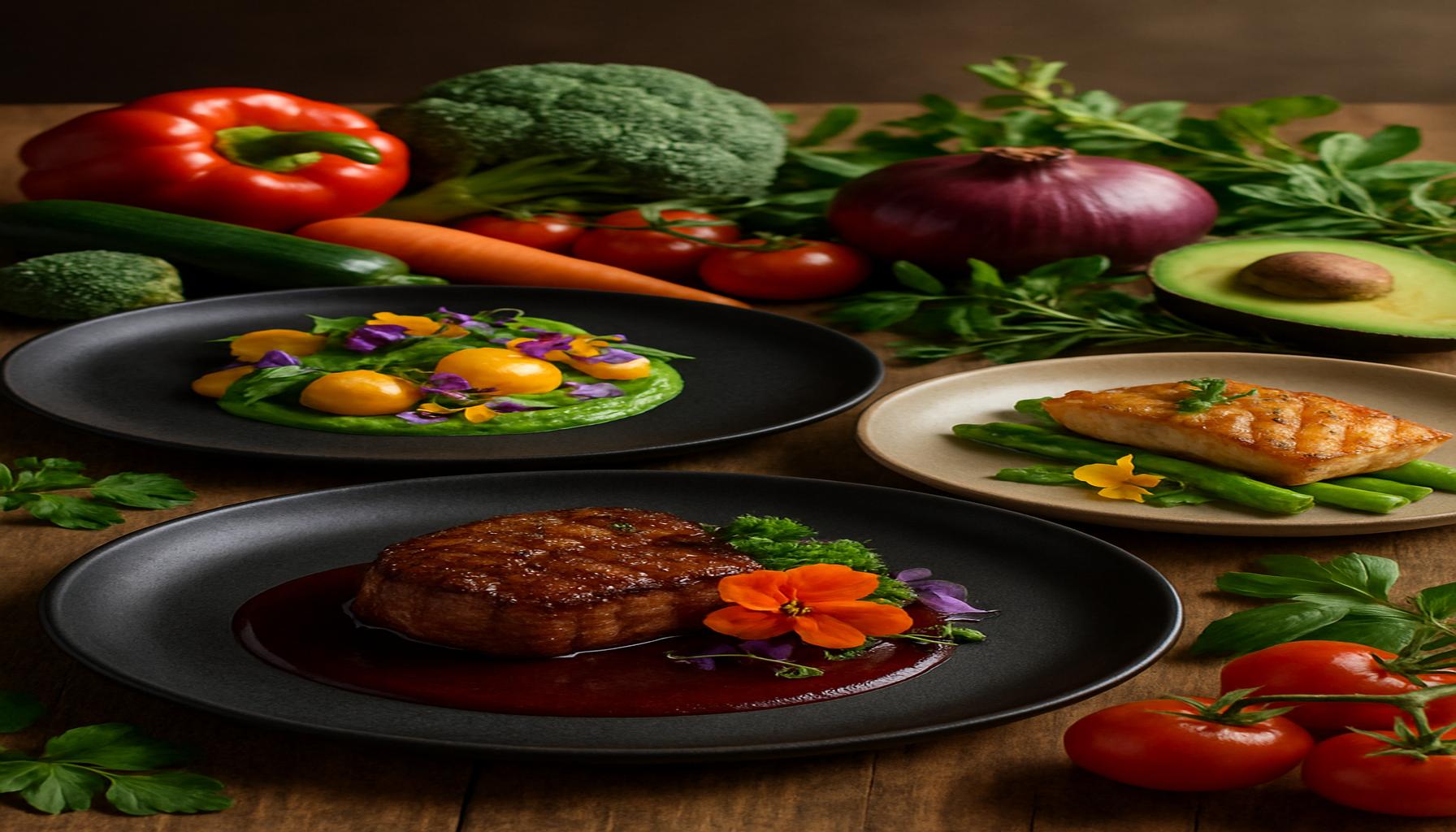Kitchen of Memories: Recipes that Tell Stories and Revive Affective Memories
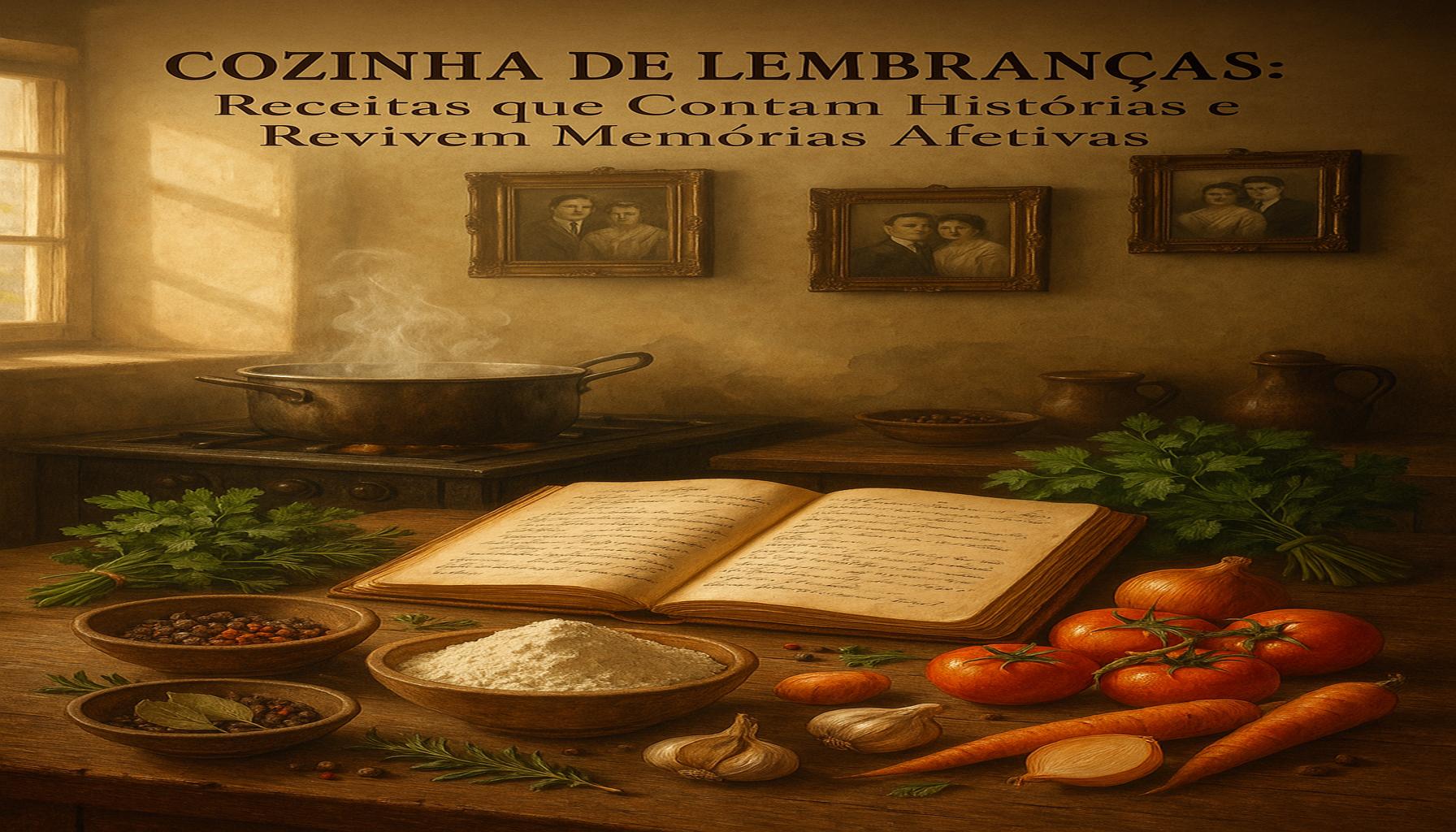
Capturing Memories through Recipes
Every recipe has a story, intertwining flavors, memories, and emotions. Whether it’s a grandmother’s secret sauce or a cherished family dessert, these dishes shape our experiences and create lasting impressions. The act of cooking is not purely about sustenance; it is an expression of love, a vessel for nostalgia, and a means to celebrate our roots.
At the heart of the kitchen, recipes serve as colorful threads that weave together generations of families. They evoke reminiscence and allow us to relive treasured moments. Consider how these elements contribute to the enchantment:
- Family Gatherings: Some of the most memorable recipes are those that bring everyone together around the dinner table. Think of a Thanksgiving turkey proudly displayed, surrounded by flaky pies and steaming sides. These dishes do more than fill our stomachs; they foster camaraderie and ignites conversations, creating a shared experience that becomes part of family folklore. Or imagine rolling out cookie dough with children, shaping holiday cookies that become symbols of celebration and joy.
- Cultural Heritage: Recipes can also act as a passport to our cultural roots. Take soul food, for example, which encompasses delectable dishes like collard greens, fried chicken, and cornbread. These meals resonate with African American history and traditions, often passed down through generations. Similarly, the Italian tradition of making pasta from scratch is not merely about the food; it’s an art form steeped in rituals and community bonding, often involving family members gathering to create something beautiful and delicious.
- Life Events: Special occasions are frequently embellished with cherished recipes that mark significant milestones. A wedding cake, meticulously crafted, is not just a dessert; it embodies the couple’s journey and aspirations. Likewise, birthday celebrations typically feature time-honored favorites, like ice cream and chocolate cake, that transport us back to childhood joy and innocence, evoking fond memories of past celebrations.
Every time we prepare these time-honored dishes, we engage with our own history. The kitchen becomes a sacred space where we not only cook but also share and preserve the stories of those who came before us. Each ingredient bursts with significance, each technique holds a memory, and each family recipe offers a glimpse into our collective narrative. Ultimately, the kitchen becomes a stage for memory-making, a treasured space where flavors ignite emotions, transcending time and age.
Recipe Revival
Digging deeper into the stories behind our favorite recipes can reignite feelings of love, warmth, and connection. By exploring how certain dishes are linked to our past, we unlock a treasure trove of affective memories. Take, for instance, a family stew recipe, passed down through generations, that not only nourishes the body but also serves as a reminder of family gatherings and shared laughter. When we cook these recipes, we are quite literally stirring up the past, keeping our cultural legacies alive.
In this age of rapid change, embracing these culinary stories allows us to connect with our ancestors and those around us in meaningful ways. By sharing meals that celebrate our backgrounds and traditions, we promote unity and understanding across diverse cultures, enriching the tapestry of our shared dining experiences.
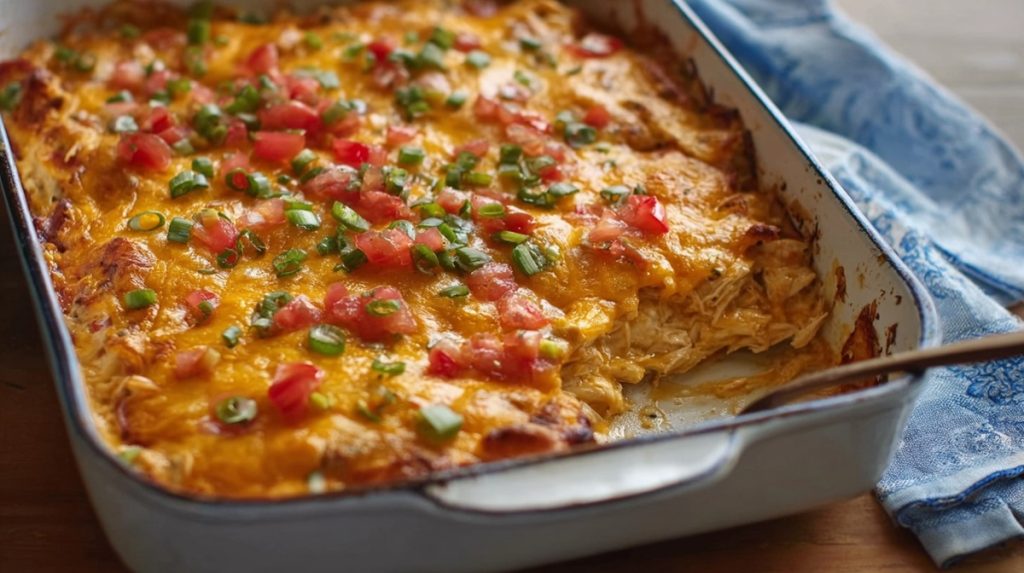
DIVE DEEPER: Click here for a taste of global flavors
Flavors of Nostalgia: The Emotional Power of Recipes
Each dish we create holds a certain magic—a blend of ingredients that not only tickle our taste buds but also evoke treasured memories. When we step into the kitchen, we are not merely engaging in the act of cooking; we are resurrecting stories of love, joy, and sometimes even heartache. The dishes we prepare often act as portals to our past, allowing us to experience moments that may have otherwise faded with time.
Consider how these elements contribute to the profound impact of recipes on our emotional well-being:
- Comfort Food: Many of us have a personal connection to comfort food—those meals that wrap us in warmth and familiarity. A bowl of mac and cheese may transport you back to carefree childhood days, while a plate of beef stew can remind you of a beloved family member who once stirred the pot. These recipes often come with the power to soothe our souls, grounding us in moments of crisis or uncertainty. Research has shown that food can trigger the release of dopamine in our brains, enhancing our mood and rekindling feelings of safety and love.
- Generational Connections: Recipes serve as bridges that link us to our roots and heritage. When a child learns to make their grandmother’s famous apple pie, they are not merely crafting a dessert; they are participating in a legacy that has passed through generations. This act fosters a sense of belonging and continuity, reinforcing familial bonds. According to food anthropologists, recipes are cultural artifacts that reflect the values and stories of each generation, teaching us who we are and where we come from.
- Celebrations and Traditions: Many special moments in life are marked by food, each dish steeped in significance. Whether it’s the joy of a kid’s birthday party characterized by colorful cupcakes or a family reunion featuring a beloved casserole, the recipes used during these celebrations encapsulate the essence of those cherished times. They become part of the narrative of our lives, celebrated not just for their flavors but for the memories they conjure.
As we prepare these memory-rich dishes, we engage in an act of reverence toward our history. Each ingredient and cooking technique carries weight, reminding us of connections we may have lost touch with but are eager to revive. The kitchen transforms into a sanctuary where we can bring the past into the present, sharing stories and flavors that enrich our lives.
Rediscovering Lost Recipes
In the hustle of modern life, the stories behind many recipes can become clouded as families evolve or traditions fade. However, the revival of cherished recipes offers an opportunity to honor our ancestors and reignite familial connections. Exploring the origins of a family recipe often uncovers fascinating tales of resilience, joy, and even hardship, stories that bind us together in a common human experience. When we share these stories alongside the dishes we prepare, we create a vibrant tapestry of shared memories and emotions.
As we journey through our culinary ancestry, let’s embrace the importance of recipes as more than simply instructions to follow—let’s view them as anchors for our memories and windows to the meaningful stories that shape who we are today.
| Advantage | Description |
|---|---|
| Culinary Heritage | Recipes passed down generations create a link to family traditions. |
| Emotional Connection | Cooking and sharing recipes can evoke strong feelings of nostalgia. |
| Cultural Storytelling | Every dish tells a story, enhancing the appreciation of cultural backgrounds. |
| Promotes Well-being | Cooking together fosters social connections and boosts morale. |
The “Kitchen of Memories” culinary theme invites us to explore how recipes do more than just nourish our bodies; they nourish our souls as well. Each dish is a thread in the fabric of family history, a way to foster connections and strengthen bonds. Understanding the significance of a recipe encourages us to dive deeper into our culinary heritage, promoting an appreciation for cultural diversity.For instance, the simple act of baking a family pie recipe can become a ritual that brings generations together. It can evoke joyful memories of laughter in the kitchen or comforting moments shared over a meal. Not only does this theme celebrate traditional cooking practices, it also highlights their power in enhancing emotional well-being and creating a sense of belonging.From the savory to the sweet, forcing us to reflect on our pasts, recipes become a canvas for storytelling—each flavor, aroma, and technique has the potential to forge deep emotional bonds. This culinary exploration invites those involved to learn more, igniting curiosity and a passion for storytelling through food. Engaging with this theme can open up a treasure trove of delightful memories and shared experiences that enrich our lives.
DIVE DEEPER: Click here to discover digital art tools and techniques
The Kitchen as a Storytelling Space
In the realm of culinary artistry, the kitchen serves not only as a venue for cooking but also as a storytelling space, where flavors and aromas intertwine with tales of our past. The act of cooking becomes an intimate ritual, a conduit through which we connect with memories and emotions previously tucked away in the recesses of our minds. Each sizzling pan, bubbling pot, or simmering sauce is imbued with the essence of our experiences, creating a multi-sensory narrative that speaks to our very core.
Recipes that Tell Stories: Beyond mere instructions, recipes encapsulate the essence of experiences shared with loved ones. As you sift through an old recipe box, you might stumble upon cards stained with flour and smudged with grease—each batch cooked alongside laughter, stories, and even tears. These handwritten notes often carry personal annotations, like “add extra cinnamon for Grandma,” transforming a simple instruction into a cherished anecdote. In this way, the act of following a recipe becomes a journey back in time as we relive the moments connected with each dish.
Reviving Family Traditions: The revival of long-forgotten family recipes not only enriches our cooking repertoire but also rekindles family traditions that may have fallen by the wayside. For instance, imagine gathering the family for a Sunday dinner, preparing your late uncle’s famous lasagna, where every layer of pasta is layered with stories of his love for cooking. By immersing younger generations in these culinary traditions, we allow them to experience the flavors of their heritage, instilling a sense of pride and continuity. For many, these meals become lifelines to connect across generations and cultures.
A Culinary Heritage Exploration
As we delve deeper into our culinary heritage, we often uncover remarkable stories that reveal not only our family history but also broader cultural narratives. The recipe for a traditional gumbo, for instance, may speak to the complex tapestry of Southern cuisine, influenced by Native American, African, French, and Spanish traditions. Attempts to recreate an authentic dish can lead one to discover the rich cultural history it embodies, giving birth to new traditions while honoring the past.
The Role of Food in Memory Creation: Studies suggest that the brain processes smells and tastes in ways that can trigger vivid memories more so than any other sense. The aroma of roasted coffee or freshly baked bread can pull you back to the kitchen of parents or grandparents, awakening emotions you thought long lost. Neuroscience highlights how these sensory experiences create strong memory nodes, linking experiences from our past to flavors in the present. Each meal thus becomes more than food; it turns into a time capsule—a method to hold on to cherished moments.
- Interactive Cooking Sessions: Capturing the stories behind recipes does not solely rely on passive engagement. Inviting family members—especially the younger generation—to participate in cooking can facilitate shared memory-making experiences. Such interactive sessions transform cooking into an adventure, blending education with nostalgia.
- Culinary Documentaries: Many families are taking the project a step further by documenting their cooking processes and the stories attached to the dishes. Creating family cookbooks or cooking videos can serve not just as a time capsule for the family, but also as a means of sharing their culinary heritage with future generations.
As these rich narratives unfold in our kitchens, we witness the powerful influence of cooking as a mediating force in shaping identity, connection, and memory. The kitchen evolves into a canvas adorned with the colors of our experiences, where each dish tells a story uniquely ours.
DIVE DEEPER: Click here to explore digital art tools and techniques
Conclusion: A Journey Through Culinary Memories
In closing, the kitchen of memories serves as a profound testament to the power of food as a vessel for emotional connection and storytelling. The act of cooking is not merely a functional endeavor but a ritual that transcends generations, enabling us to share and relive the rich tapestry of our family’s history. By embracing recipes that tell stories, we cultivate a deep bond with our past, blending flavors and narratives that help us define our identities.
As we revive cherished family traditions and explore the broader cultural contexts embedded within our culinary practices, we discover not just delicious dishes but also the wisdom and resilience of our ancestors. These meals create a journey through time, linking our taste buds to the affective memories that shape who we are today. The sensory experience of cooking—engaging our sense of smell, taste, and even touch—unearths emotions that have been lying dormant, reminding us of the significant moments shared with loved ones around the dinner table.
Whether we collaborate with family members during interactive cooking sessions or document these culinary endeavors for future generations, we reinforce the importance of memory-making through food. Ultimately, the kitchen is more than just a place for skillful cooking; it is a sacred space where the heart meets tradition, creating timeless recipes that weave our personal narratives into the fabric of family heritage. As you step into your kitchen, remember that each dish you prepare holds the potential to revive stories—inviting both nostalgia and connection in every savory bite.
